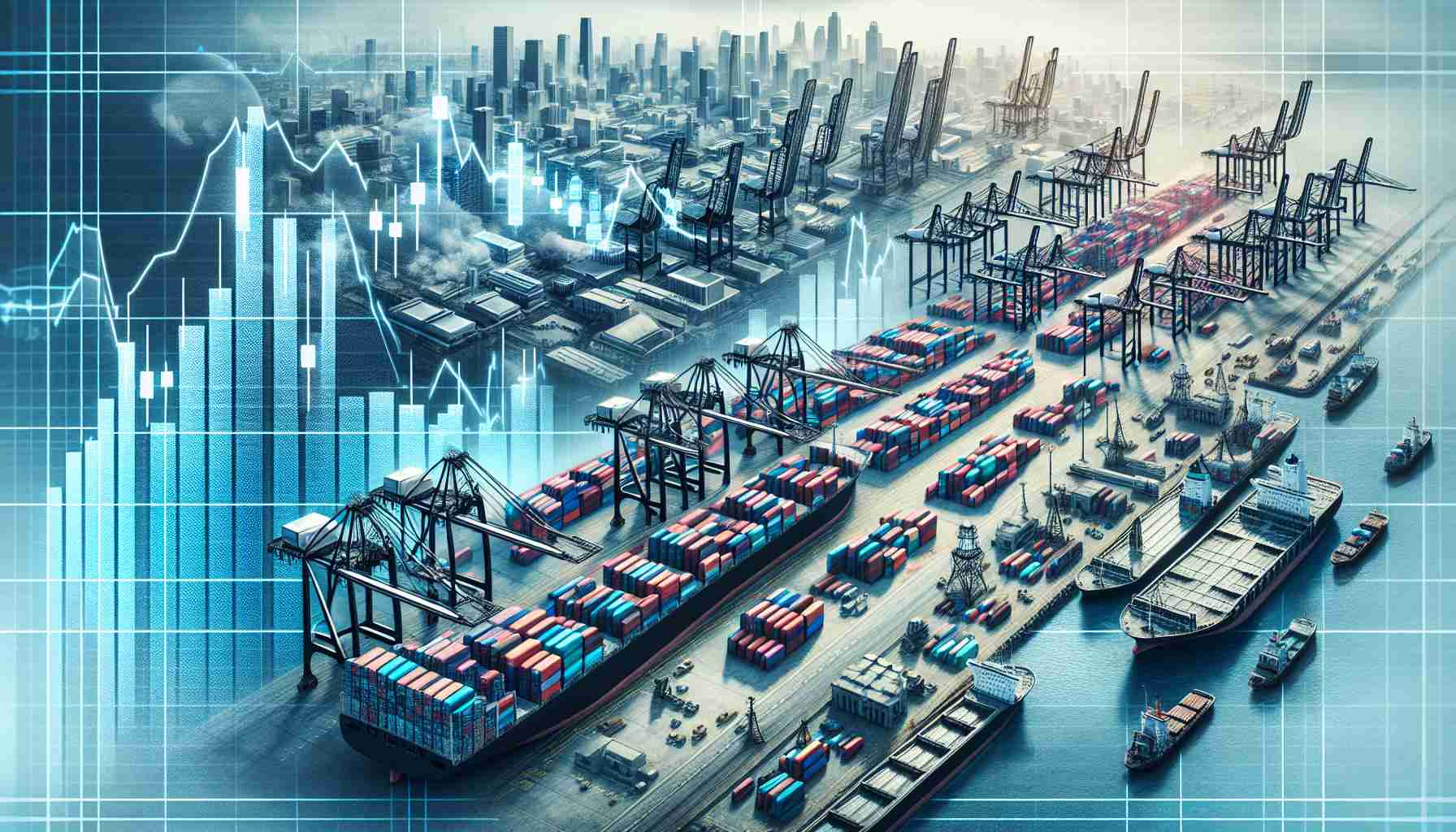A Potential Crisis Looms as Port Workers’ Union Negotiations Heat Up
The future looks uncertain as tensions rise between the International Longshoremen’s Association (ILA) and the nation’s port operators. The looming threat of a strike could have a significant impact on goods movement, potentially causing disruptions in the supply chain. Despite the recent agreement to call off immediate industrial action, the underlying issues remain unresolved, setting the stage for a potential showdown in January.
The Fragile Balance of the Supply Chain
The intricate web of the supply chain was put under the spotlight once again, underscoring its fragility. From the distant shores of foreign lands to the bustling ports of the US, every step in the journey of goods plays a crucial role. Any disruption, no matter how small, can send ripples through the entire system, affecting businesses and consumers alike.
Preparing for the Unknown
Industry experts are advising caution and preparedness in the face of uncertain times. While the recent strike ended swiftly, the possibility of a prolonged disruption still lingers. Companies are urged to anticipate potential challenges and explore alternative routes to ensure the continued flow of essential goods.
Adapting to the Changing Landscape
As negotiations continue and tensions simmer, businesses across various sectors are bracing for potential impacts. From warehousing to logistics, the ripple effects of a strike could lead to temporary setbacks and job disruptions. Adapting to the evolving situation and maintaining flexibility in operations will be key to weathering any storm that may lie ahead.
Understanding the Impact of a Port Workers’ Strike on the US Economy
With the shadow of a potential strike looming over the port industry, there are crucial aspects beyond the surface that warrant attention. This situation raises important questions that delve into the heart of the matter:
What are the specific consequences of a port workers’ strike on the US economy?
A port workers’ strike can have far-reaching effects on the economy, disrupting the flow of goods and leading to delays in imports and exports. This can result in increased costs for businesses, shortages of essential products, and ultimately impact consumer prices.
How does a potential strike affect different sectors of the economy?
Various sectors, from manufacturing to retail, rely on efficient port operations for their supply chains. A strike could lead to inventory shortages, production delays, and added pressure on businesses already navigating challenges in the current economic climate.
What are the key challenges faced in resolving conflicts between port workers and operators?
Negotiating fair terms for both parties while ensuring the smooth operation of ports poses a significant challenge. Issues such as wages, working conditions, and automation in the workplace are often contentious topics that can prolong discussions and escalate tensions.
In evaluating the potential impact of a port workers’ strike on the US economy, it’s important to consider both the advantages and disadvantages that may arise:
Advantages:
– Raises awareness about labor conditions and the importance of fair treatment for workers.
– Prompts companies to reevaluate their supply chain strategies and diversify transportation methods for greater resilience.
Disadvantages:
– Immediate disruptions in supply chains leading to costly delays and losses for businesses.
– Undermines consumer confidence and can contribute to economic uncertainty in the market.
Navigating the complexities of a looming strike requires a multi-faceted approach that addresses the underlying issues while preparing for potential fallout. As negotiations remain ongoing and tensions escalate, the ability of stakeholders to find common ground and ensure the continued operation of ports will be pivotal in safeguarding the economy.
For further insights on the impact of labor disputes in critical industries, you can visit U.S. Department of Labor.
The source of the article is from the blog mgz.com.tw



